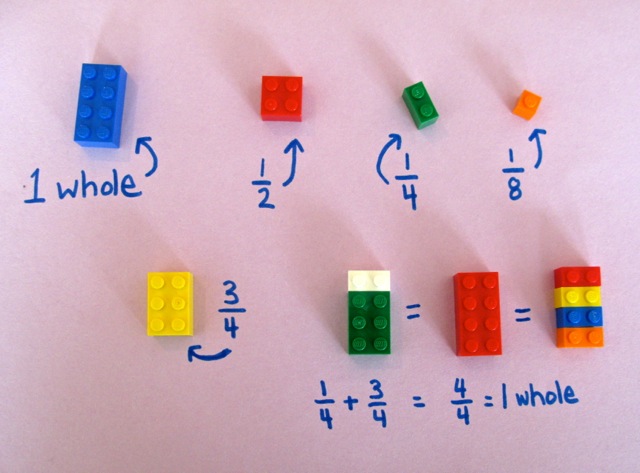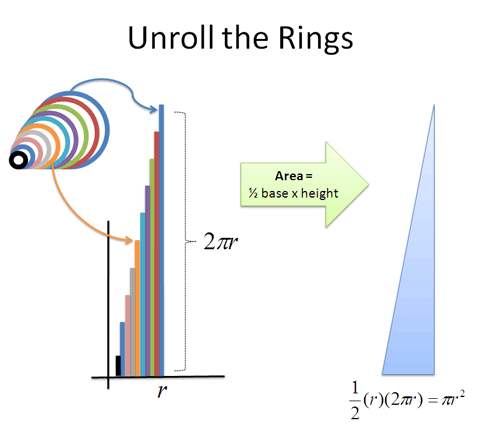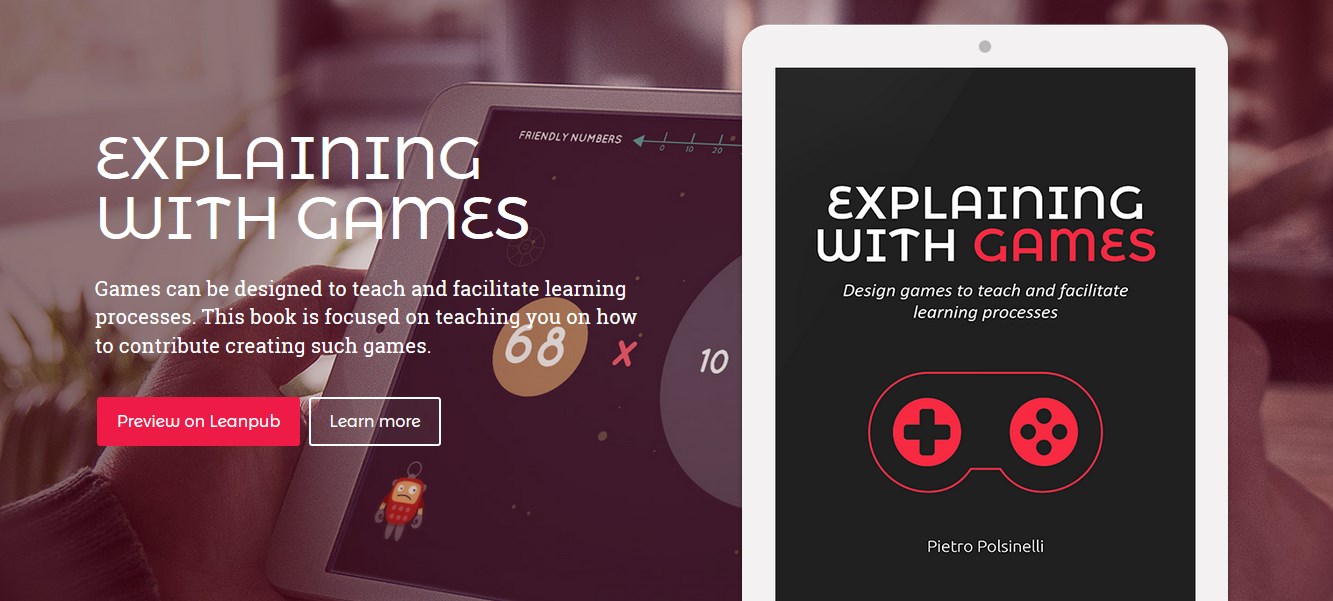In my frequent survey of games and research concerning learning through games, I’ve stumbled upon this cute post: Teacher Uses LEGOs To Explain Math To Schoolchildren, which actually is extracted from Using LEGO to Build Math Concepts.

Image source: http://www.scholastic.com/teachers/sites/default/files/posts/u24/images/lego_fractions1.jpg
There is even a video which tries to do the same: teach fractions – very, very quickly.
There is one thing in this initiative which is to be praised: the effort to put together an innovative approach to a seeming boring subject. This is a symptom of at least being aware that there is a problem in making sense of fractions.
But …
Why teaching fractions with LEGO may be misleading

What will a smart student think seeing this “explanation”?
Well, I think she will think that there is something wrong here. If one just wants to count dimensions of Lego pieces, and do comparisons and sums, there is absolutely no need of fractions.
Lego is based on a simple unit concept, which in the fraction example is misleadingly labelled 1/8 instead of 1. With a unitary base anything can be done in Lego. Just use whole numbers and you’ll be happy; no fractions.
Forcing the use of a badly conceived metaphor leads the students directly to the thought: “they are making things unnecessarily complex to confuse me”.
Fractions are a first contact with the infinitely divisible (though not continuum yet); rational numbers are dense, and are useful when the universe can be split arbitrarily, not when there is an obvious basic unit of which anything else is a multiple. So areas, money are matters for which fractions make sense, not Lego.
This observation may seem minor and simple but becoming sensitive to details of the mapping between model and intended domain has far reaching consequences in building educational models, whatever media you plan to use – in my case, games.
So… How To Teach Fractions Math Making It Fun?
Introducing playful tools for teaching complex topics should involve a careful study of the relationship between playful metaphor and formal tools.
Are there examples of people doing this properly? Well there is one quite remarkably curated, and on the non trivial topic of calculus: its Better Explained, by Kalid Azad.
In his posts – now also in his book on Calculus – Kalid is very careful in making things intuitive, visual, logical but also in respecting the core complexity of the matter at hand.
How does this bear on my profession, i.e. design and development of educational games? Games for teaching should do for a larger audience what a good enlightened teacher can do in class: make knowledge fascinating though the use of the right metaphors and applications, and carefully lead the player to a progressive grasp of all dimensions of the problem.
Ok, lets finish with Infinite Ammo‘s Math Dance 😀

This post is a symptom of the work I’m doing in many applied game projects, that will lead to a book on the theme – I hope by the end of 2016 (I have co-authored a short book on applied games in Italian this year, next one will be in English). Follow me on Twitter for news on the applied games field.
Lego unit image from: https://www.clear.rice.edu/elec201/Book/images/unit_brick.gif











Speak Your Mind